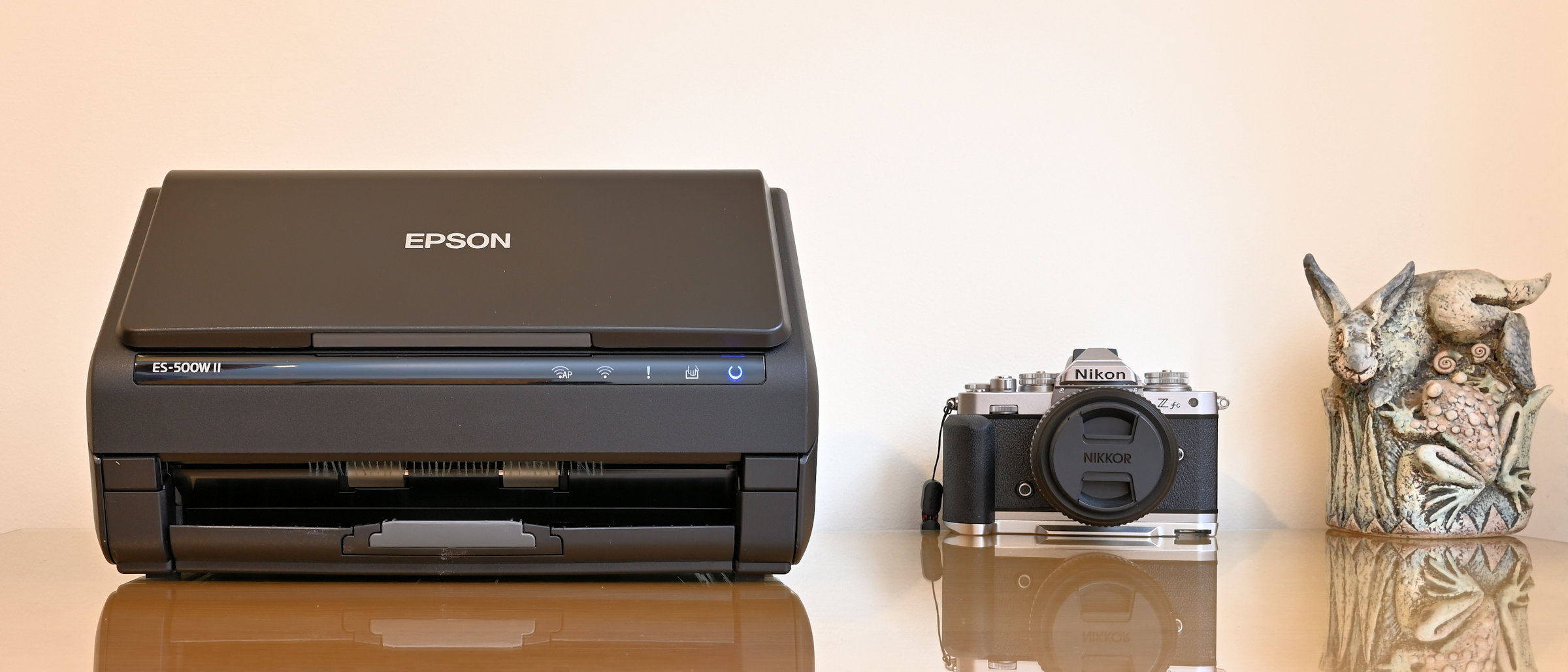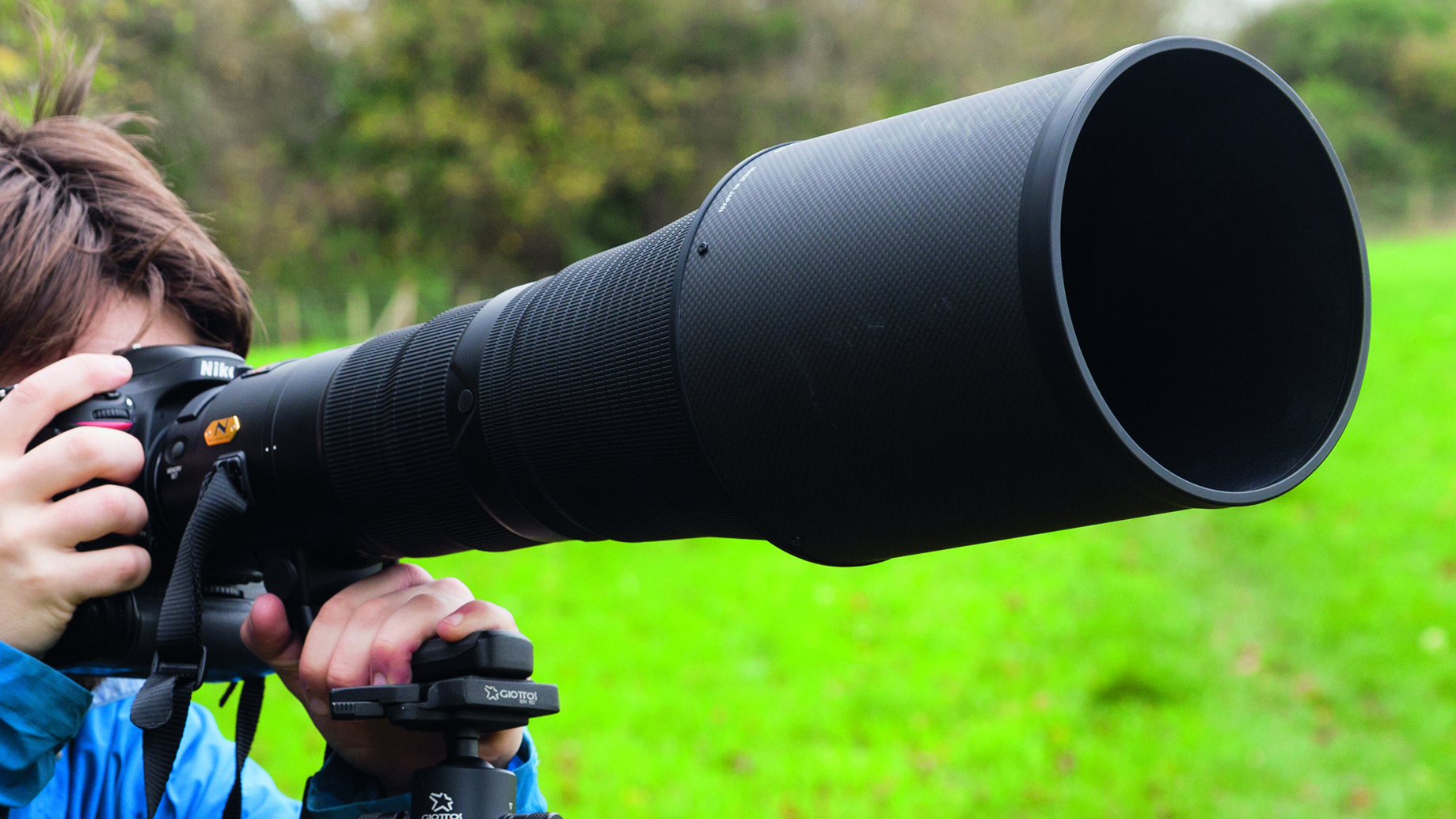Digital Camera World Verdict
In a word, this Epson scanner is fast. Not only does it scan both sides of double-sided pages in a single pass, but it also features optional de-skewing and auto-detection for blank pages. All you need to do is to drop a bunch of up to 50 pages into its top-loading input tray, press the Start button and save the resulting scans in a matter of seconds. It’s almost too easy.
Pros
- +
Fast 35ppm/70ipm scanning
- +
50-sheet auto document feeder
- +
Single-pass double-sided scanning
Cons
- -
Photo quality can be overly vibrant
- -
Quite pricey to buy
Why you can trust Digital Camera World
From school homework to business documents and the dreaded utility bills, there’s still a lot of paperwork to contend with at home and at work, even in this mostly digital age. The Epson WorkForce ES-500WII makes short work of digitizing anything and everything from small receipts and business cards, through postcards and photos, to full-sized documents. You might already have a multi-function printer with a built-in flatbed scanner but, even if it has an ADF (Auto Document Feeder), scanning multi-page documents can be slow and laborious. This Epson aims to streamline and automate the process, going head to head with the similar Canon imageFORMULA R40 scanner while adding the convenience of built-in Wi-Fi and Wi-Fi Direct to its USB 3.2 connectivity.
The ES-500WII looks and feels almost identical to the much pricier Epson FastFoto FF-680W, which is even faster but is more of a specialist photo scanner, geared to scanning large collections of photo prints. That one is up against the competing Canon imageFORMULA RS40, which is built for the same task.
Specifications
Scanner type: Sheet feed
Max resolution: 600x600dpi (1200dpi interpolated)
Max speed: 35ppm/70ipm at 300dpi
Auto document feeder: 50-sheet
Light source: LED
Operating system: Windows 7 onwards, macOS C 10.11 onwards
Interface: Wi-Fi, Wi-Fi Direct, USB 3.2
Power supply: Mains PSU
Dimensions: 296 x 169 x 176 mm
Weight: 3.7kg
Key Features
Compactness is a key feature of any additional bit of kit you buy for the home or small office, and this Epson obliges with a small form factor. The input and output trays fold away neatly to save space and, even when extended for scanning, the ES-500WII remains neat and tidy. Lifting the lid/input tray reveals a smart set of control buttons, beath which are ranked a row of status indicator lamps to keep you in the picture.
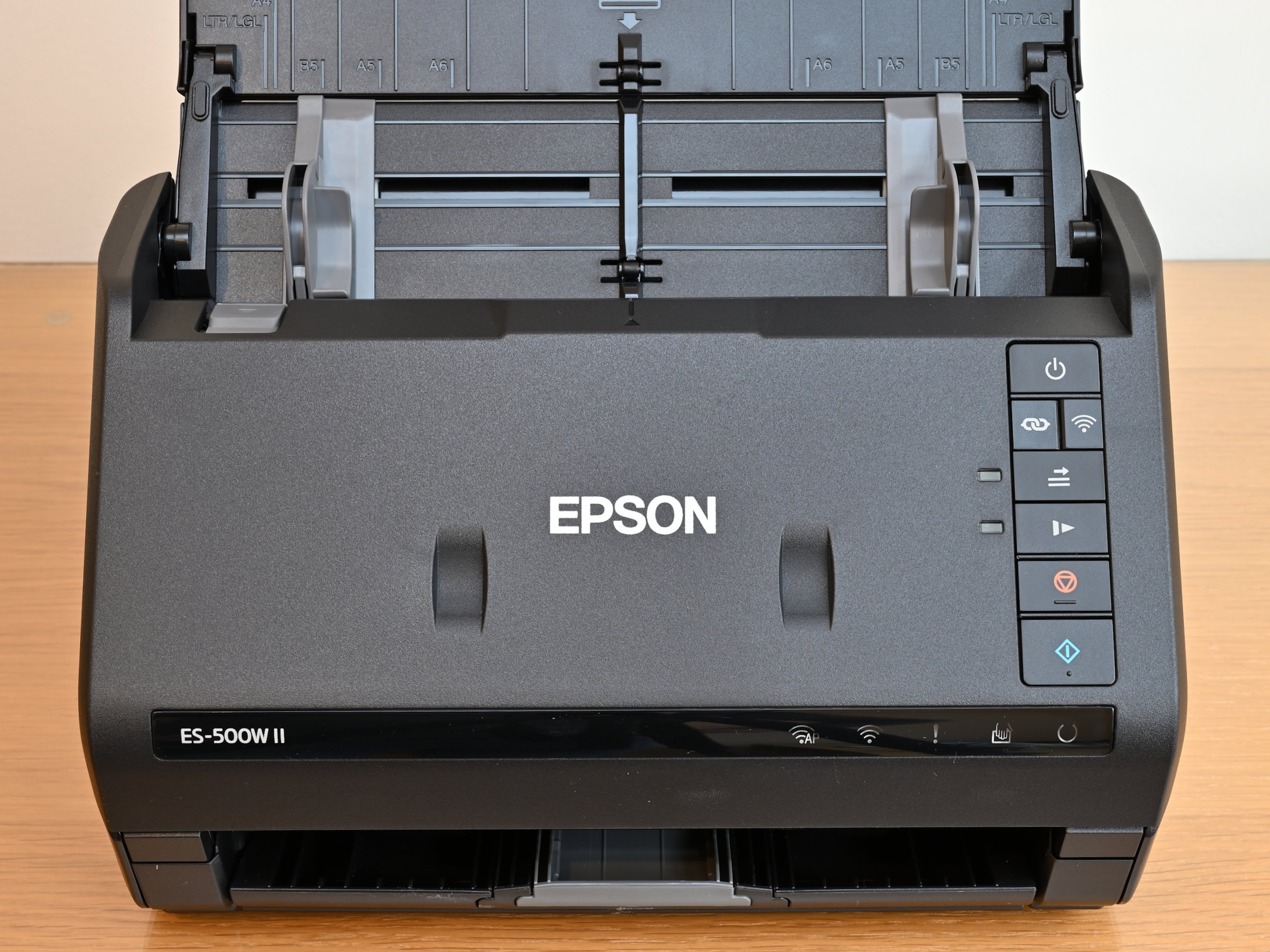
Speed and convenience are naturally key features if you’re in the market for a go-faster scanner. The Epson is quick off the mark with an LED light source that requires no warm-up time.
The maximum optical resolution is 600x600 dpi (dots per inch), rising to 1200 dpi if you bring software interpolation into play. At 300dpi, which should prove more than adequate for document scanning, outright speed equates to 35ppm. But that’s only half the story. The Epson can scan both sides of double-sided documents in a single pass, boosting the effective speed to 70ipm (impressions per minute). That’s less than a second for each side of a multi-page document. That said, it’s not quite as quick as the Canon imageFORMULA R40, which is rated at 40ppm/80ipm.
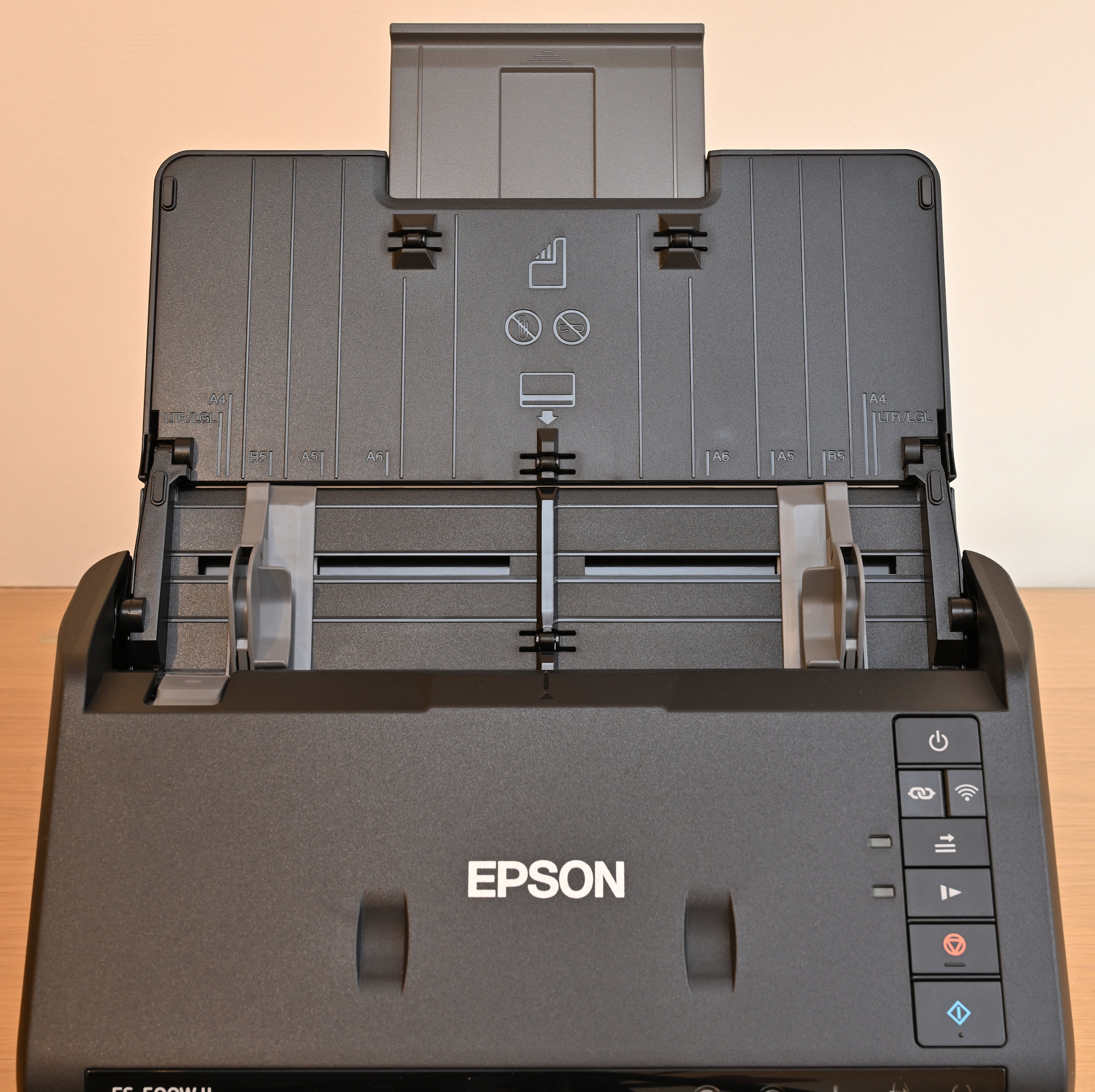
Unlike the competing Canon imageFORMULA R40, the Epson has built-in Wi-Fi. The supporting Epson ScanSmart software enables you to scan direct to the cloud and further refinement is available with the companion Epson Smart Panel app. For example, you can choose specific folders in your cloud account as well as scanning directly to your smartphone or tablet.
Build and handling
The ES-500WII feels well-built, robust, and dependable, with a duty cycle that’s rated at up to 4,000 pages per month. Built-in sensors guard against paper jams and double-feeding, as well as keeping a check that there’s no build-up of dust on the glass that covers the active scanning area. Cleaning the glass is a simple process of opening the main body of the scanner and wiping it with a microfiber cloth. A specialist cleaning kit is also available as an optional extra, for cleaning the glass, rollers, and sensors.
Further options include a replacement paper feed roller assembly kit and a set of five carrier sheets, ideal for scanning documents with an irregular shape or that have folds and wrinkles, as well as fragile pieces of thin paper and multi-part forms.
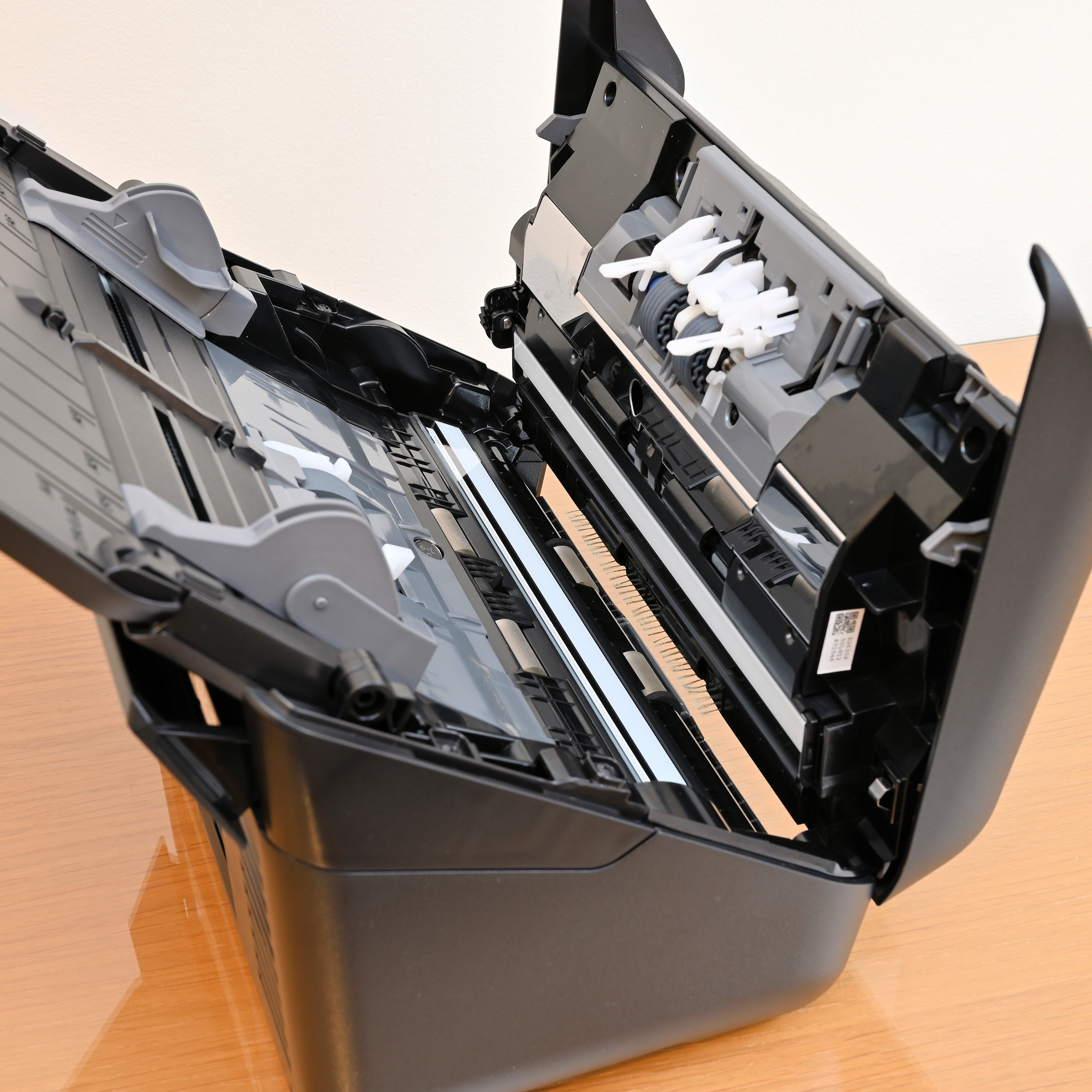
Handling is straightforward but effective. A vertical strip of control buttons is hidden away when the input tray/lid is closed but becomes instantly accessible when the scanner is opened for use.
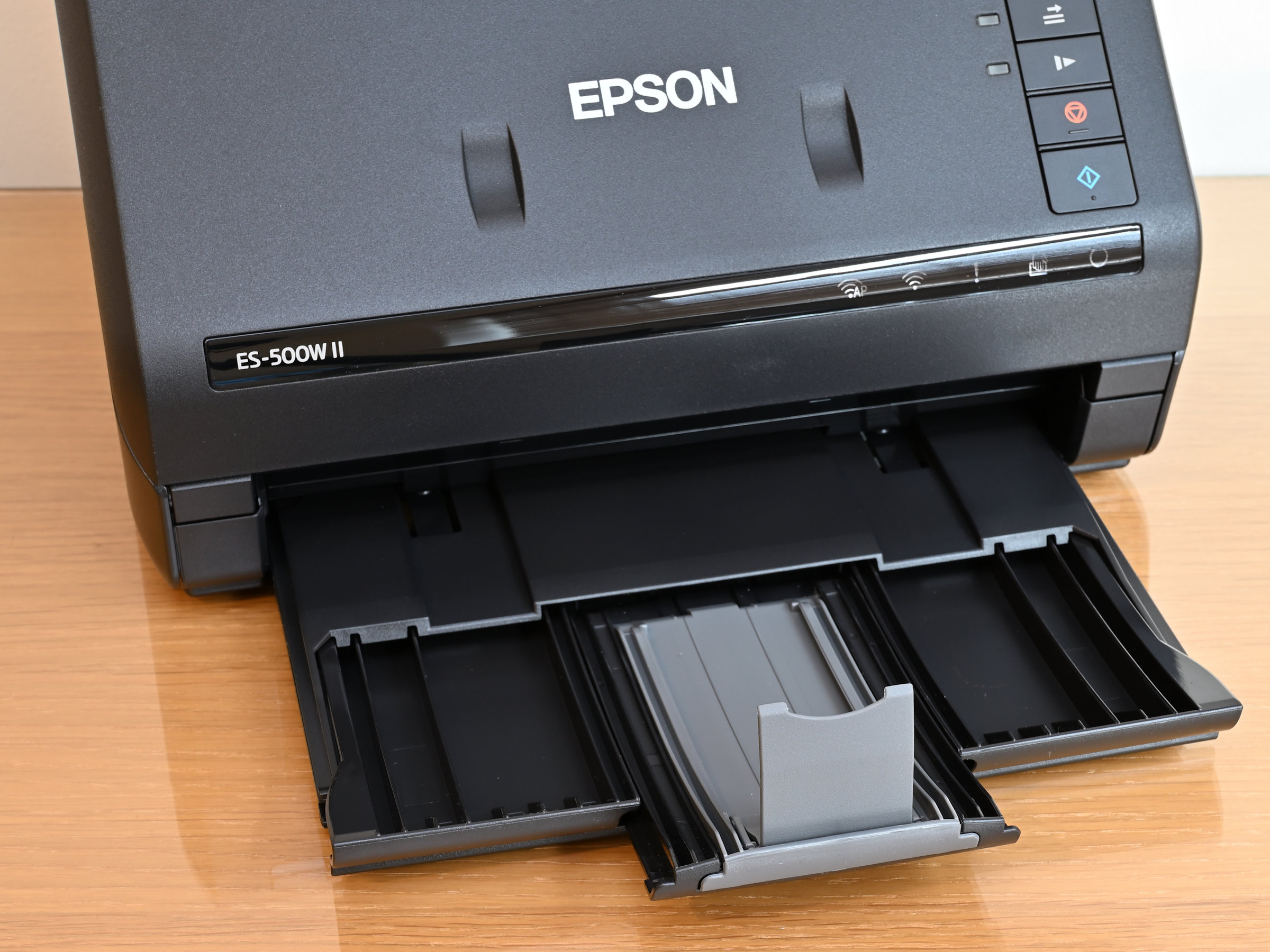
Performance
The ES-500WII lives up to its promise of speedy output. That’s true not just for mechanical performance but also for its software interface. While the scanning process itself is quick, the same goes for saving your scans afterward. A neat pop-up box in the Epson ScanSmart software holds icons for choices including Save, Attach to Email, Print, sending to the likes of Google Drive, Dropbox, and OneDrive, as well as saving in Microsoft Word, Excel, and PowerPoint formats, along with trusty PDF format for documents and JPEGs for images.
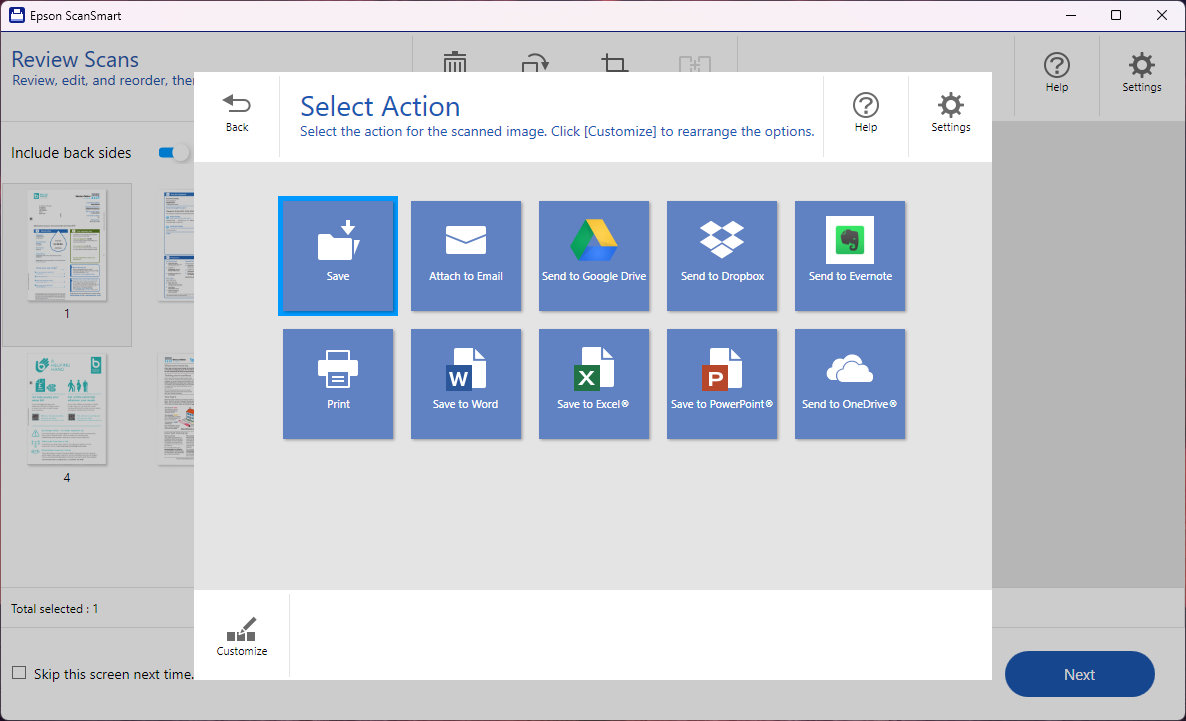
The quality of scanning is excellent for both mono and color documents, with impressive retention of fine detail and rich color rendition. When scanning photos, however, the results can look a little overly vibrant and highly saturated, so might need toning down a little.
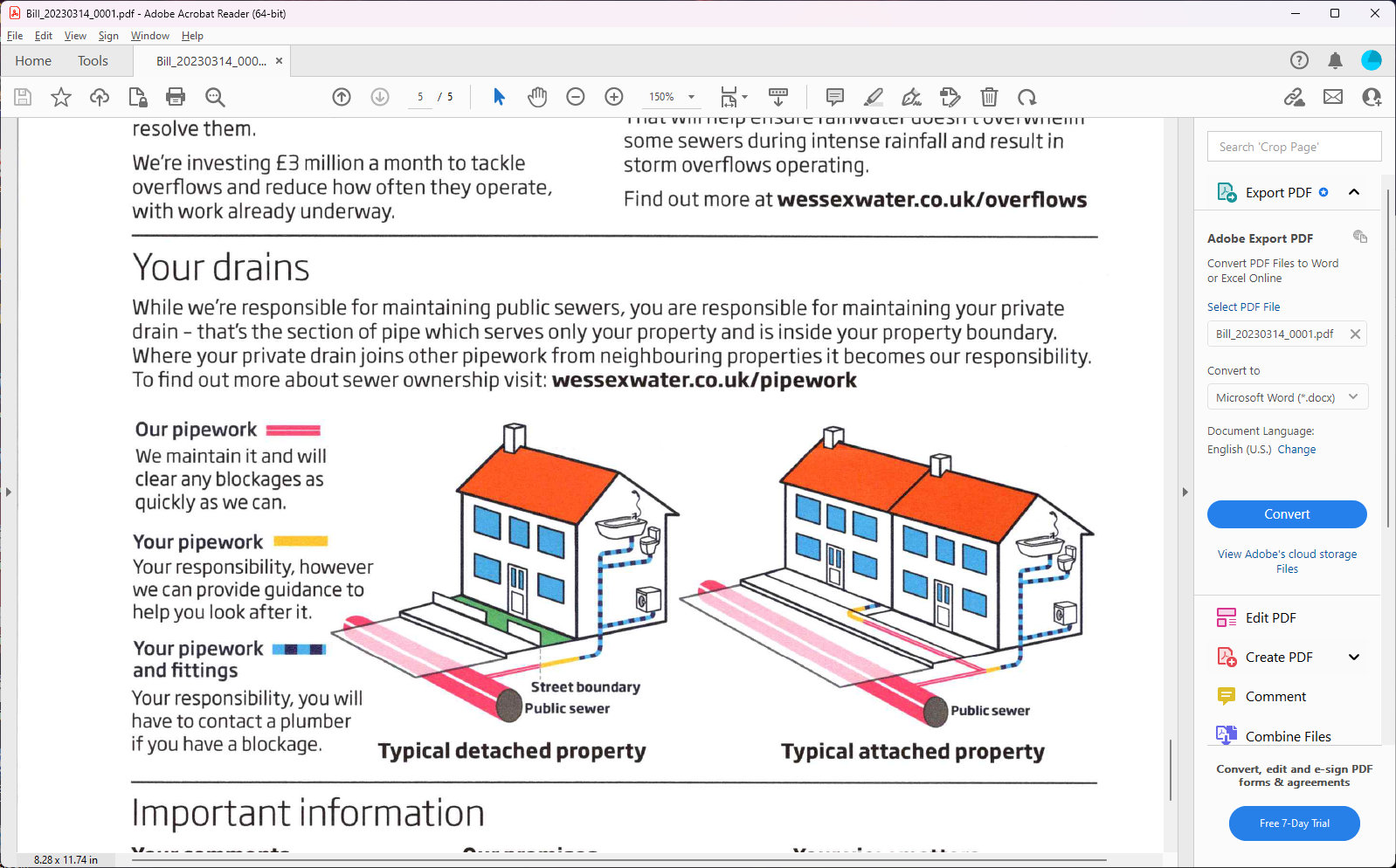

Verdict
In a word, this Epson scanner is fast. Not only does it scan both sides of double-sided pages in a single pass, but it also features optional de-skewing and auto-detection for blank pages. All you need to do is to drop a bunch of up to 50 pages into its top-loading input tray, press the Start button and save the resulting scans in a matter of seconds. It’s almost too easy.
Read more:
• The best film scanners
• The best all-in-one scanner and printers
• The best slide viewers
• The best photo printers
Matthew Richards is a photographer and journalist who has spent years using and reviewing all manner of photo gear. He is Digital Camera World's principal lens reviewer – and has tested more primes and zooms than most people have had hot dinners!
His expertise with equipment doesn’t end there, though. He is also an encyclopedia when it comes to all manner of cameras, camera holsters and bags, flashguns, tripods and heads, printers, papers and inks, and just about anything imaging-related.
In an earlier life he was a broadcast engineer at the BBC, as well as a former editor of PC Guide.
